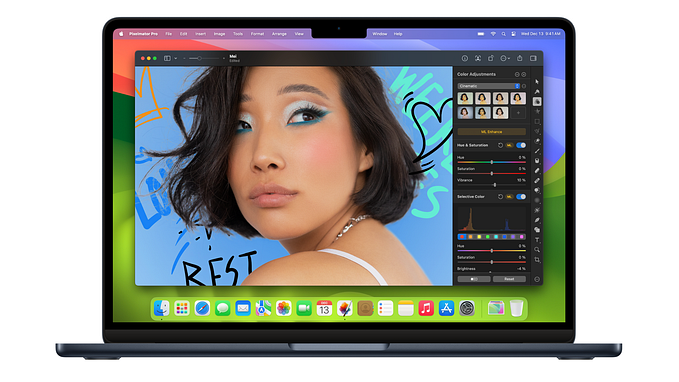Member-only story
Logology
The Surprising Reason Why All Bank Logos Look the Same
How a shift toward logo modernization in the 1960s ushered in an era of rubber-stamp designs

When a new logo is unveiled these days, we know what to expect. An announcement on the company website and social media, peppered with the usual branding buzzwords: “iconic,” “bold,” “unique.” Perhaps an inspirational video that concludes with a dramatic reveal of the logo, like Airbnb’s Bélo symbol. Maybe even a diagram that shows how the mark conforms to the golden ratio, like this one for Apple. All done seemingly not so much in the hope of provoking a positive reception, but rather heading off an online backlash.
Until around the second half of the 20th century, the thought that a logo would have to be formally introduced and justified to the public would not have crossed the minds of many company executives. But in the 1960s, more companies began introducing new logos in newspaper advertisements.

To get a sense of how such advertisements functioned, I searched an online newspaper archive across the 20th century for the phrase “our new…











